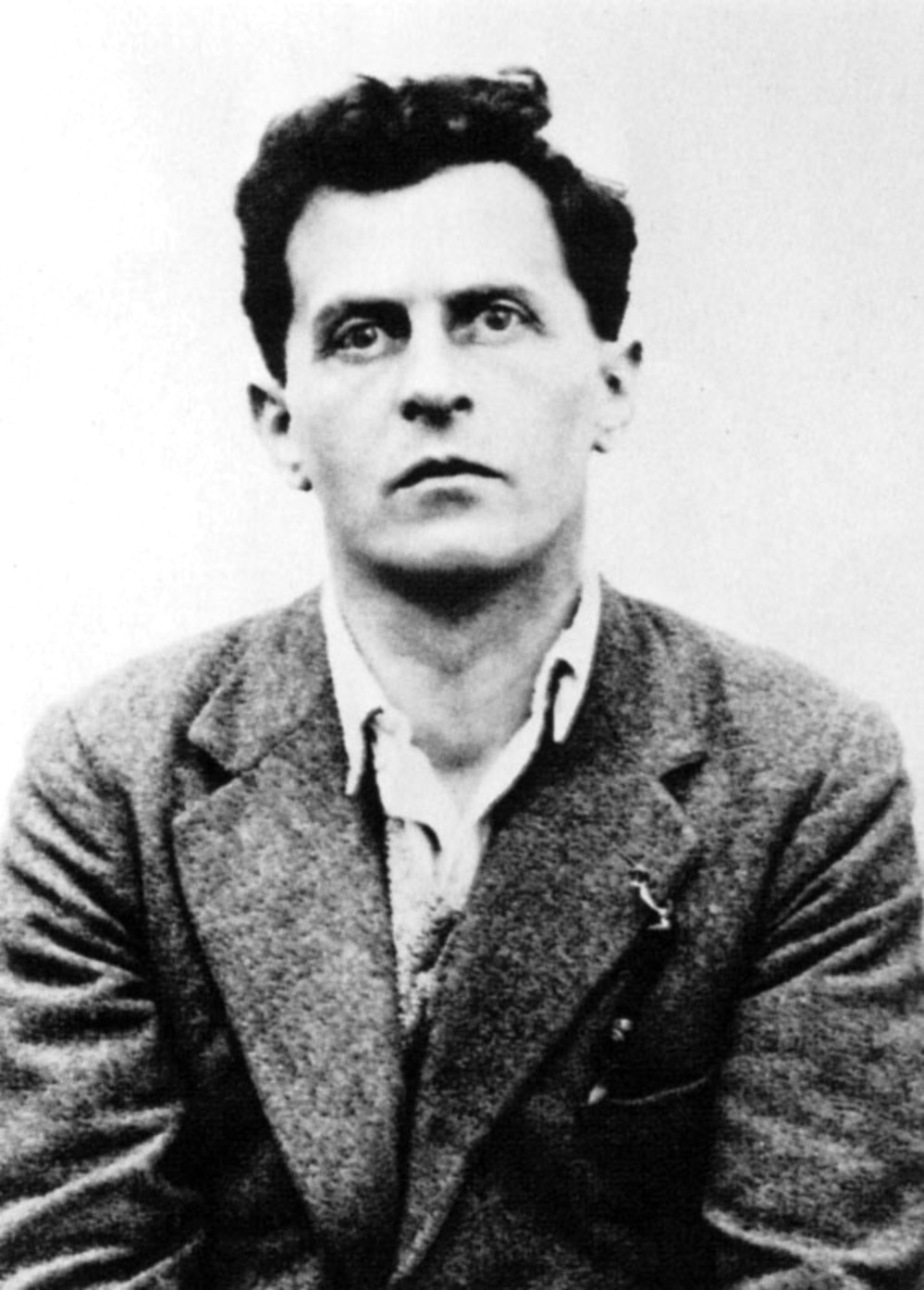Mindfulness and the Enactive Approach
I want to pick up a thread from my second post, where I wrote that mindfulness practices should be understood as skillful ways of enacting certain kinds of embodied states and behaviors in the world, not as inner observation of an observer-independent mental stream. This point is especially important today, …







